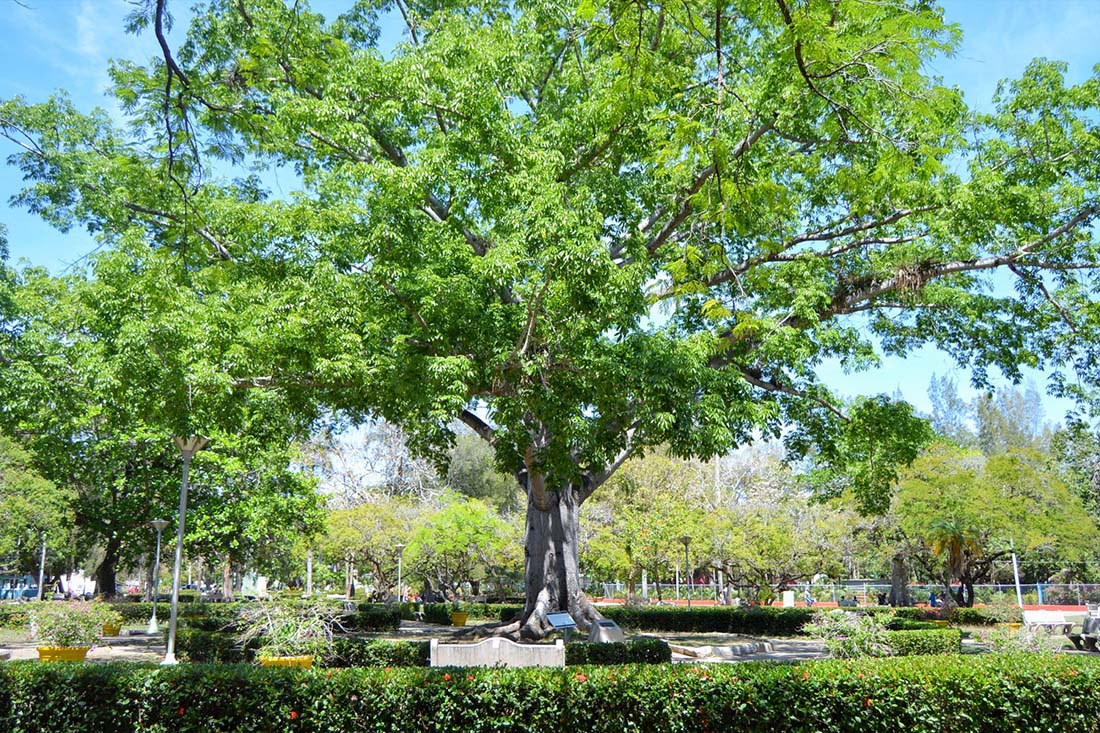The planting of the Ceiba of Liberty by children from public schools in the Casino Campestre on May 20, 1902, in memory of the independence deeds, was not only part of the embellishment of the green lung of Camagüey city, but also of the national celebrations for the birth of the Republic, in which the hoisting of the Cuban flag was planned to take place simultaneously, at the same time, throughout the island.
The celebrations carried out caused a furor among the people, since the establishment of the Republic implied that with the transfer of powers, the North American troops left Cuba; therefore, without a doubt, as Ana Cairo reflects, it was the best option in the face of the danger of an indefinite occupation.
Cultural significance of May 20th, 1902
Its cultural significance, sometimes obscured by historiography, generates different theories, justified by its own symbolic evolution together with the ups and downs of political reality; as well as by an election, from one point of view, based on arbitrariness and the need to create a new founding myth, discarding and ignoring an entire campaign to consecrate as national holidays, dates of great importance such as October 10th or February 24th.
Likewise, it is valid to highlight, according to the statements of the researcher Danislady Mazorra Ruiz, a possible link with May 19th, the day José Martí fell in combat, due to the evident consecutiveness. In this way, it can be said that, perhaps, it could also have been an intentional designation that sought the opening of a new stage, whose foundations were found in the independence struggles, with a possible closure in the death of the Apostle; that would house on May 20th the consummation of a great longing: the republican dream and the incorporation of the largest of the Antilles on the international stage as an “independent” country.
With this birth, the nation would become in those early years, according to Marial Iglesias, a kind of symbolic repetition of its heroic origins. It also highlights that from there, the development of national identity and the processes of institutionalization of patriotic memory would have the support of a broad popular base.
Summarizing the notes
Despite the contradictory reality and the different ideological discourses that would become visible once it was established, the importance of this day in the social imaginary of the Cuban people cannot be denied.
Bibliography
Cairo, Ana. La dimensión cultural del 20 de mayo de 1902. Universidad de La Habana.
Iglesias Utset, Marial. Las metáforas del cambio en la vida cotidiana: Cuba 1898-1902. Ediciones Unión, 2010.
Mazorra Ruiz, Danislady. La imagen del 20 de mayo en la Cuba republicana. Centre de Recherches Ibériques et Ibéro-américaines, 2018.
Rodríguez Díaz, María del Rosario. Cuba: el advenimiento de la “República” en el periódico La Lucha, 1902. Latinoamérica. Revista de Estudios Latinoamericanos, núm. 58 (2014).
Translated by: Aileen Álvarez García






